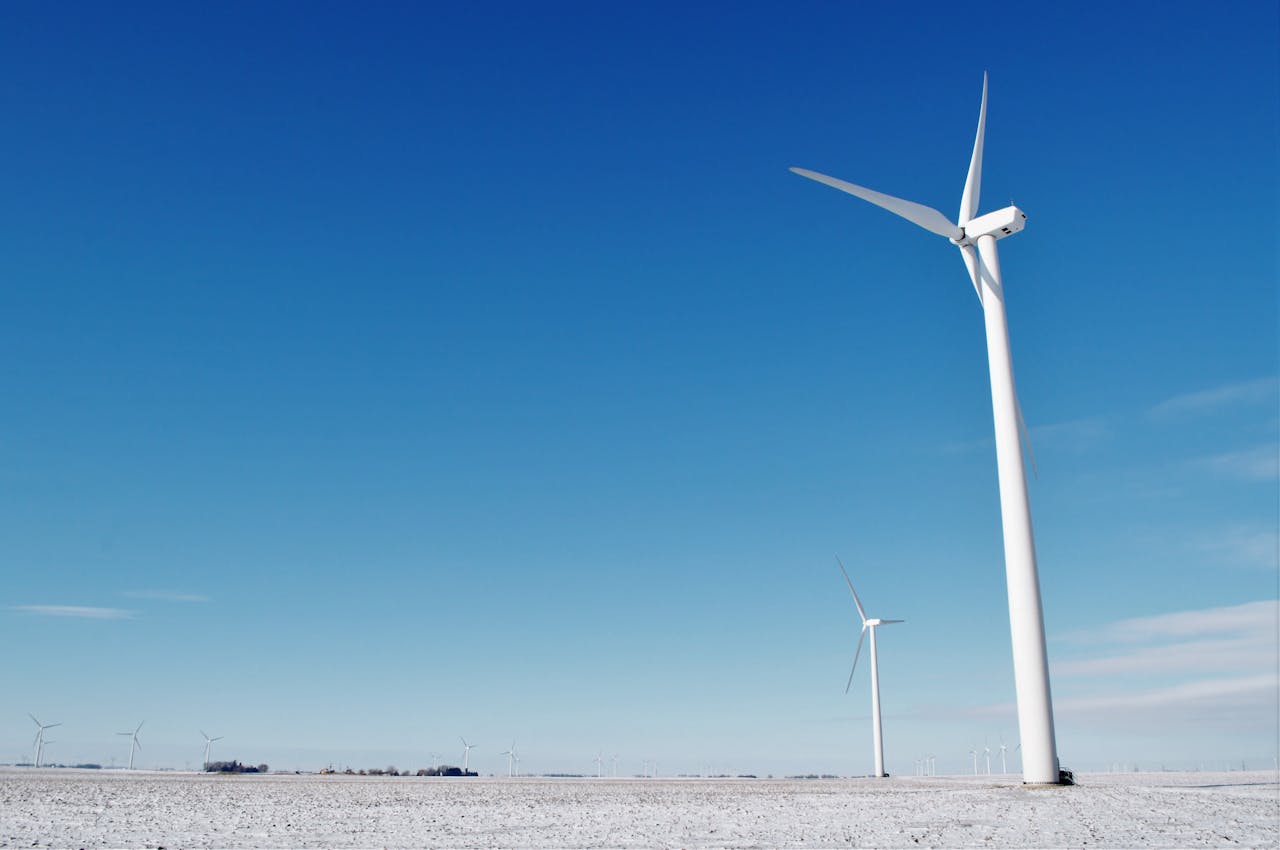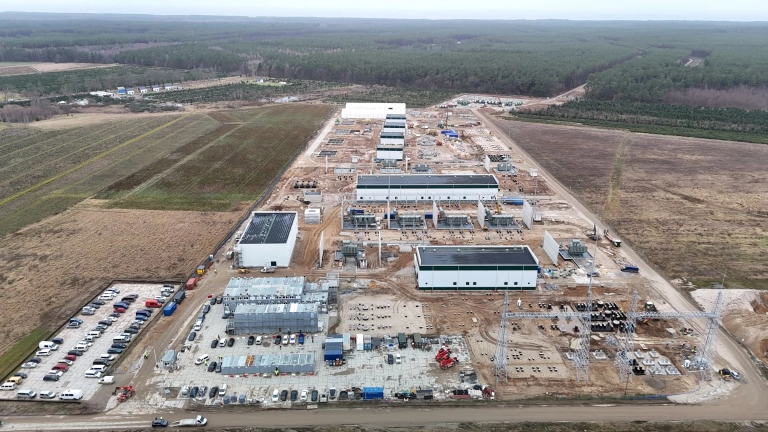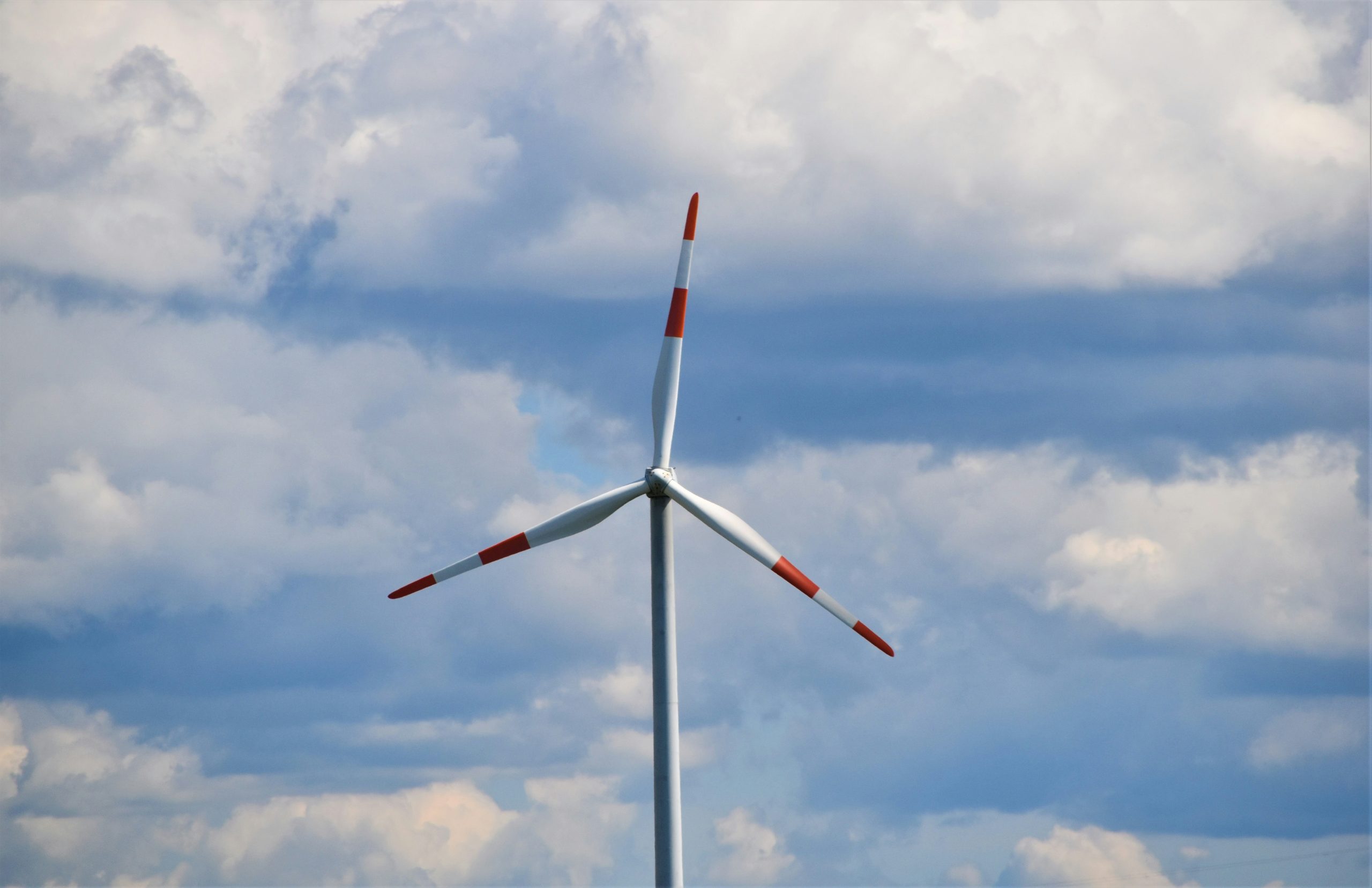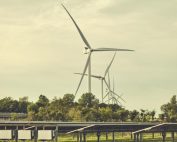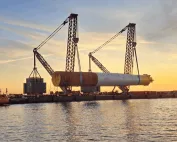On September 6, Estonian Ministry of Climate submitted a draft amendment to the Electricity Market Act and the Energy Sector Act for review, aimed at establishing conditions for offshore wind energy development and setting up a support scheme for this sector.
“Clean and affordable energy is the foundation of both well-being and economic growth for the Estonian people. Therefore, we aim to promote wind energy not only on land but also offshore, as Estonia has significant potential in this area,” said Climate Minister Yoko Alender. “We are introducing a 20-year support plan for offshore wind farms, providing the assurance that electricity prices will remain affordable and that there will be sufficient renewable energy. This is essential for both existing and emerging clean industries, which will bring substantial investment to the country.”
The Ministry plans to hold a reverse auction in the first half of 2025, with the goal of bringing new offshore wind energy to the market by the end of 2033 at the latest. They estimate that, upon completion, offshore wind farms could generate up to 2 TWh of electricity annually for domestic consumption, with total production potentially reaching 4 TWh or more.
In addition to offshore wind, the Ministry also intends to support onshore wind energy development, targeting about 4 TWh of onshore wind power through another reverse auction. The new onshore wind farms are expected to be operational by the end of 2029, with a 12-year support period for these projects.
The Ministry projects that these reverse auctions could reduce electricity prices by 2.4 cents per kWh by 2030, from 9 cents to 6.6 cents per kWh, and by around 4.5 cents per kWh by 2035. This could save consumers in Estonia and nearby regions approximately €250 million annually, or up to €5 billion over two decades.
“The introduction of renewable electricity into the market will primarily help lower electricity prices in Estonia. Beyond renewable energy, we will also invest in power networks, enhance storage capacity, and ensure that dispatchable and emission-free power generation is available,” Minister Alender added.
The Ministry plans to submit the draft amendments to the Government in November, with the new legislation expected to come into force in the first half of 2025.
